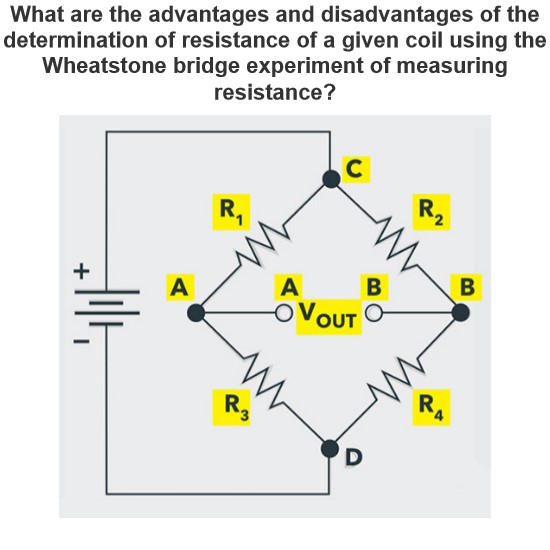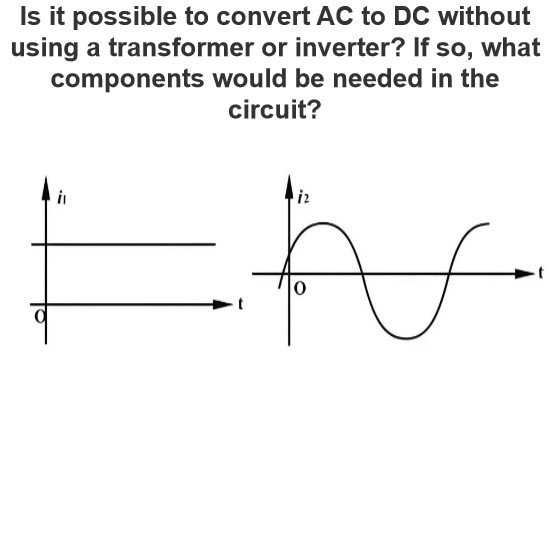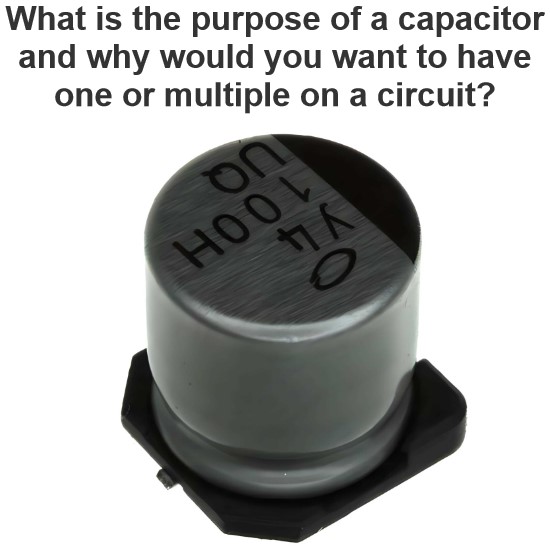What is the voltage difference between two legs of a two-phase system?
When discussing voltage differences in two-phase systems and between each pole and the ground in a grounded neutral system, we need to clarify some basic concepts.
Two-phase system
Two-phase systems are not common in modern power systems, but have been used at certain times in history. Two-phase systems usually come in two forms: four-wire and two-wire.
Four-wire two-phase system
In this system, the two sets of coils are 90 degrees out of phase and there are two neutral lines connected together. The voltage difference between the two phases (i.e. the voltage between the two poles) is usually the same as the voltage per phase, assuming that the voltage per phase is Vphase, then the voltage difference between the two phases is Vline=Vphase.
Two-wire two-phase system
In such a system, there is no neutral line and the voltage difference between the two phases is called Vline.
Grounded neutral system
A neutral point system is one in which the neutral line in the system is grounded, which is the most common configuration in three-phase systems, but is also applicable in two-phase systems.
The voltage difference of a grounded neutral system
In a neutral point system at a contact, the voltage between each pole and the ground depends on the configuration and load of the system. If the system is balanced and the neutral point is grounded, the voltage between each pole and the ground should be half of the Vphase, because ideally the neutral point should have a potential of 0V.
However, in practical applications, due to load imbalance or other factors, the neutral point may drift, resulting in the voltage between each pole and the ground not being completely consistent.
Illustrate by example
Suppose that in a connected neutral point system, the voltage of each phase is Vphase, then:
The voltage difference between the two phases (if a four-wire system) is Vline=Vphase.
The voltage between each pole and the ground is ideally Vphase/2.
Precautions in practical application
In practical applications, the following situations may be encountered:
Load imbalance: If the load is not perfectly symmetrical, the neutral points may drift, resulting in a different voltage between each pole and the ground.
System design: The specific design and configuration of the system also affects the voltage between each pole and the ground.
Sum up
Two-phase system: The voltage difference between the two phases depends on the specific configuration of the system, generally V phase or Vline.
Grounded neutral system: The voltage between each pole and the ground is usually V phase/2, but may vary in practice due to factors such as load imbalance.
In the specific application, it is recommended to refer to the specific design parameters of the system and the actual situation to determine the voltage difference. If there are specific system parameters, a more precise answer can be provided.
The Electricity Encyclopedia is dedicated to accelerating the dissemination and application of electricity knowledge and adding impetus to the development and innovation of the electricity industry.




